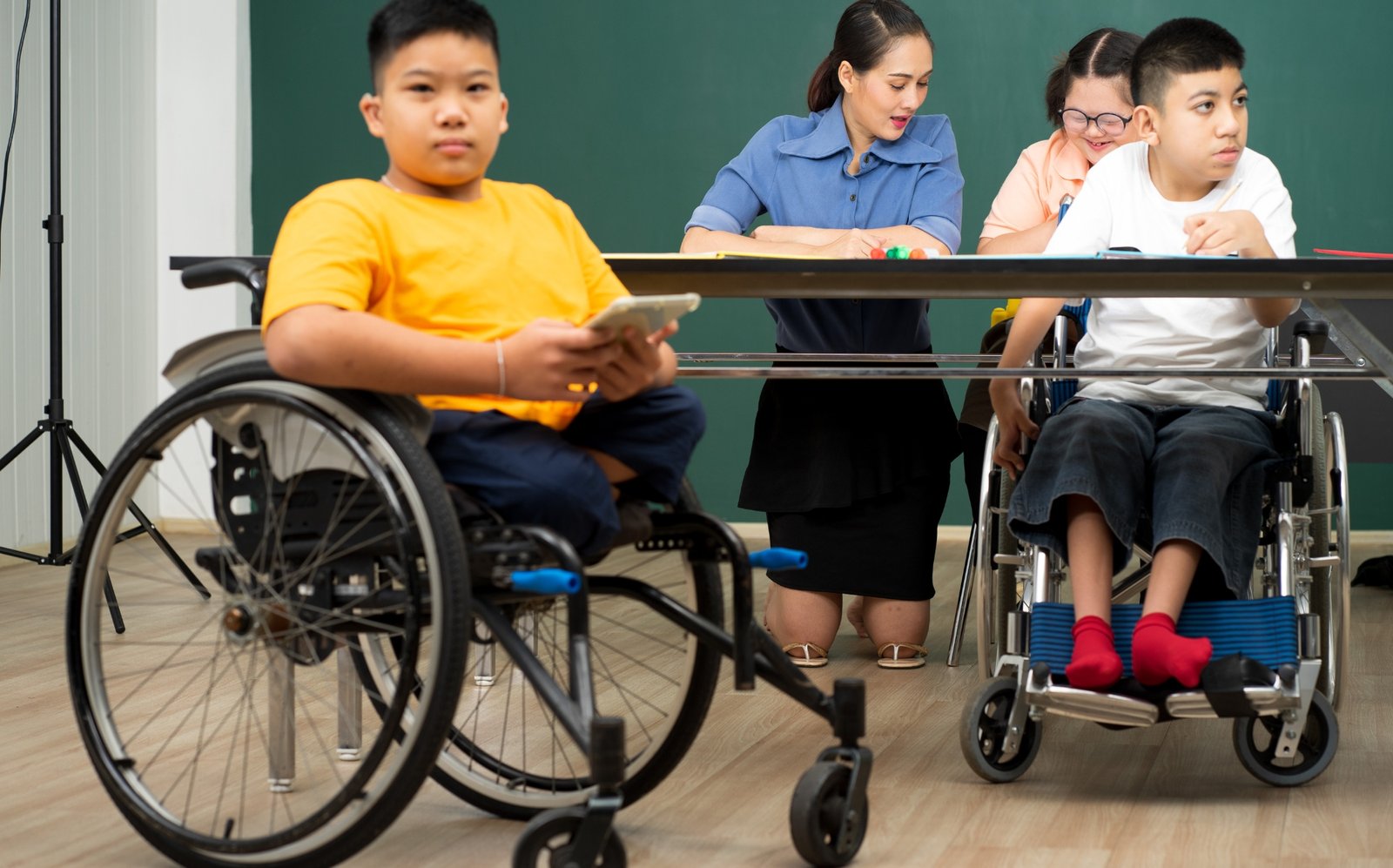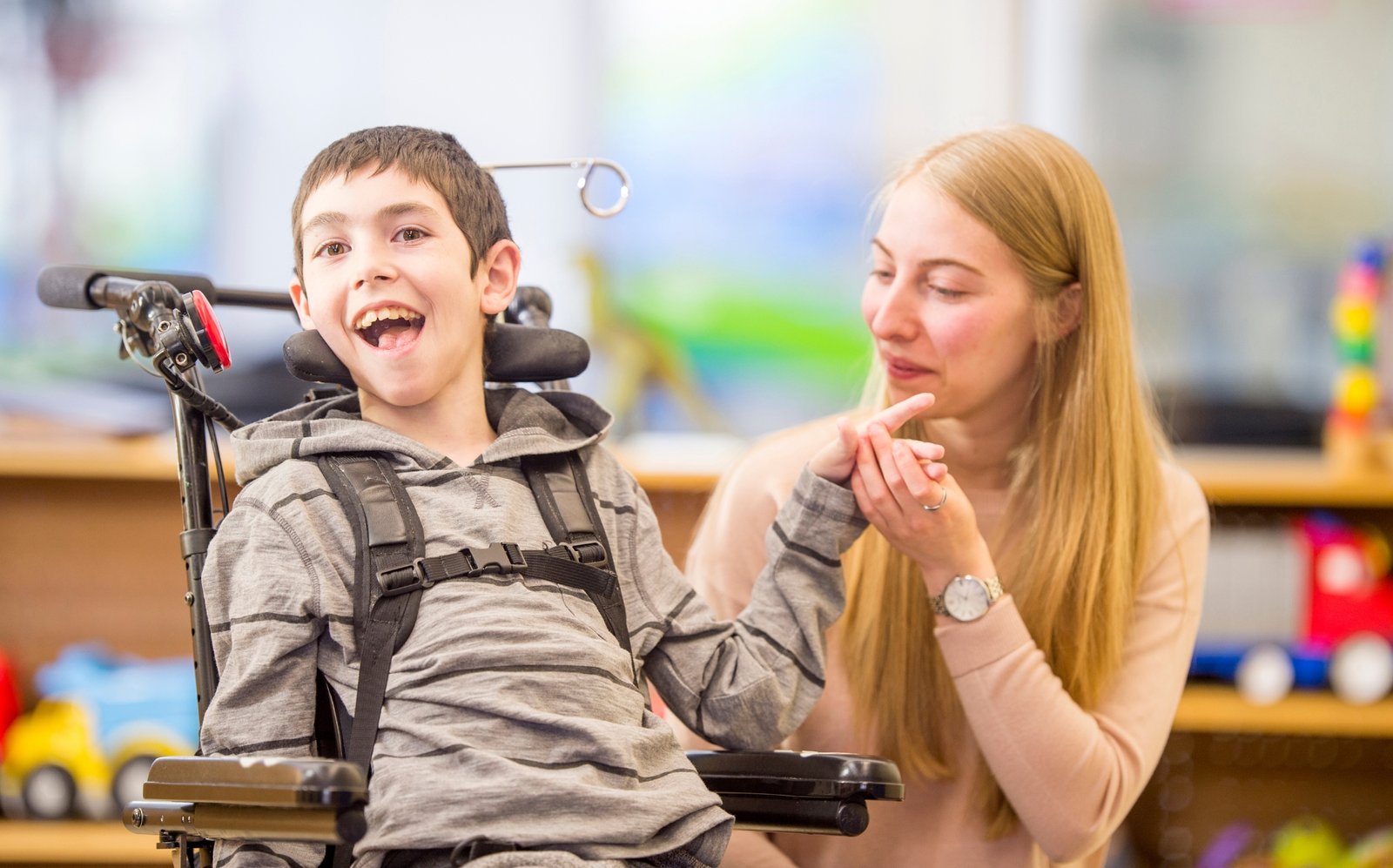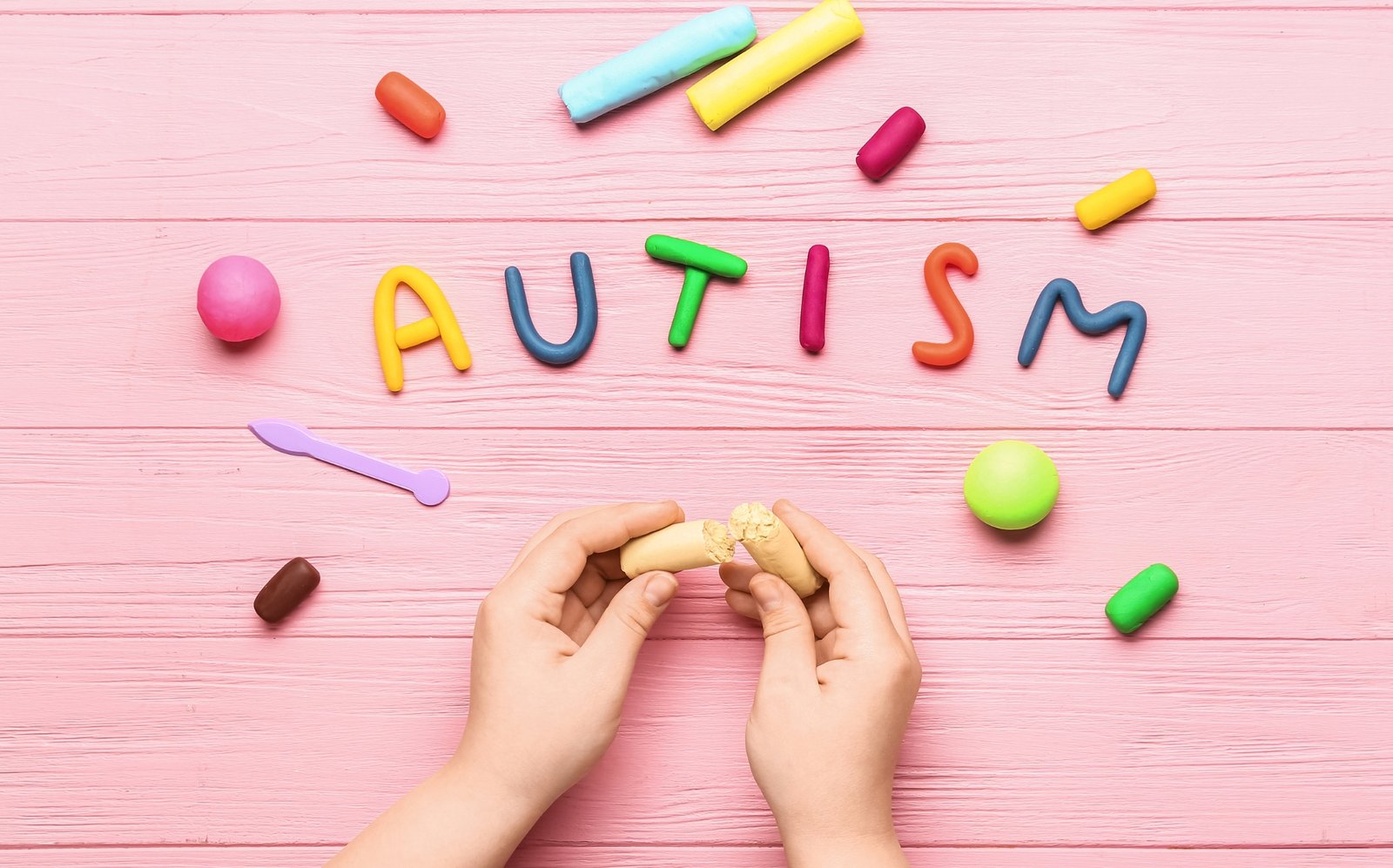
Maximizing Individualized Education Plans (IEPs)
The concept of education has evolved significantly over the years, moving away from a one-size-fits-all approach towards a more personalized and individualized model. One prominent manifestation of this shift is the creation and implementation of Individualized Education Plans (IEPs) within the educational system. An IEP is a customized document developed for students with disabilities to ensure they receive a tailored education that addresses their specific needs and supports their learning journey. By maximizing the potential of IEPs, educators can pave the way for enhanced learning outcomes, improved student engagement, and greater inclusivity in the classroom.
About Individualized Education Plans
An Individualized Education Plan (IEP) is a personalized educational roadmap designed to meet the unique learning needs of students with disabilities. Developed collaboratively by educators, parents, and specialists, an IEP outlines specific goals, accommodations, and support services necessary to provide these students with a meaningful and effective education. The IEP process is guided by the Individuals with Disabilities Education Act (IDEA), a federal law in the United States that ensures students with disabilities receive appropriate educational services.
An IEP is a comprehensive document that serves as a roadmap for a student’s educational journey. It begins with a thorough assessment of the student’s current academic and developmental abilities, as well as any challenges they may face due to their disability. This assessment informs the creation of individualized goals that are specific, measurable, achievable, relevant, and time-bound (SMART goals). These goals are the foundation of the IEP, driving the educational strategies and interventions that will be implemented.
Once the goals are established, the IEP team, which includes teachers, special education professionals, parents, and sometimes the student, gathers to discuss and determine the appropriate accommodations and support services. Accommodations can include adjustments to classroom materials, testing procedures, and the learning environment, ensuring that students can access the curriculum on an equal footing with their peers. Support services might involve specialized instruction, speech therapy, occupational therapy, or counseling, depending on the individual needs of the student.
Regular progress monitoring is a crucial aspect of the IEP process. Educators continuously assess the student’s performance and compare it to the established goals. If the student is not making satisfactory progress, the IEP team reconvenes to discuss potential modifications or enhancements to the plan. This iterative process ensures that the student’s needs are always being addressed and that the IEP remains a dynamic and responsive tool.
A key principle of IEPs is the principle of the Least Restrictive Environment (LRE). This concept emphasizes that students with disabilities should be educated in environments that resemble typical educational settings as closely as possible, while still providing the necessary support. Inclusion in regular classrooms fosters social interaction, promotes positive peer relationships, and helps students with disabilities develop important life skills.
Family involvement is integral to the IEP process. Parents and guardians play an active role in developing the IEP, contributing valuable insights about their child’s strengths, challenges, and preferences. They also have the right to participate in IEP meetings, review and provide input on the plan, and request changes if they believe their child’s needs are not being adequately met. Collaborative communication between educators and families ensures that the student receives consistent support both at school and at home.
- Understanding Individualized Education Plans (IEPs)
An IEP is a comprehensive and legally binding document developed for students with disabilities under the framework of the Individuals with Disabilities Education Act (IDEA) in the United States. The primary goal of an IEP is to provide a roadmap for educational services and accommodations that meet the unique needs of each student. These needs could encompass a wide range of factors, including academic, behavioral, social, and emotional aspects. The IEP process typically involves collaboration among educators, parents or guardians, and other relevant specialists, such as speech therapists, occupational therapists, and psychologists.
- Personalization and Tailoring Instruction
Maximizing the potential of IEPs hinges on the commitment to personalization and the understanding that each student is distinct. One of the cornerstones of effective IEPs is the customization of instruction to match a student’s learning style, strengths, and challenges. This approach involves moving beyond a standardized curriculum and instead crafting lessons that cater to the student’s abilities and preferences. For instance, if a student learns best through visual aids, incorporating diagrams, videos, and infographics into lessons can significantly enhance their comprehension and retention of information.
Moreover, the IEP should identify specific academic goals that are realistic yet ambitious for the student. These goals serve as milestones to gauge progress and provide a clear direction for educators to follow. Regular assessments and data collection are essential components of this process, enabling educators to measure progress accurately and make necessary adjustments to the instructional approach.
- Holistic Support Systems
IEPs are not limited to academic aspects alone; they also address social and emotional dimensions of a student’s education. By incorporating strategies that promote emotional well-being and social interaction, educators can create a conducive environment for learning. For example, if a student faces challenges in social interactions, the IEP might include provisions for structured social skill development sessions or opportunities for one-on-one peer interactions.
Furthermore, IEPs should take into account any behavioral challenges a student might face. Implementing positive behavior intervention strategies can transform the learning experience by focusing on prevention and redirection rather than punitive measures. By fostering a supportive and understanding environment, educators can help students with behavioral difficulties thrive academically and socially.
- Collaboration and Communication
The success of an IEP relies heavily on collaboration and effective communication among all stakeholders. Educators, parents or guardians, specialists, and even the students themselves should be active participants in the IEP development and implementation process. Regular meetings to discuss progress, challenges, and adjustments are critical to ensure that the IEP remains relevant and effective as a student’s needs evolve.
- Inclusivity and the Role of Technology
Technology has emerged as a powerful tool in maximizing the potential of IEPs. It offers innovative solutions for addressing various learning challenges and making education more accessible. For instance, assistive technologies like text-to-speech software, speech recognition tools, and interactive learning platforms can empower students with disabilities to engage with the curriculum effectively. By leveraging technology, educators can create a more inclusive learning environment that accommodates diverse learning styles and abilities.
- Challenges and Future Directions
While the concept of IEPs holds great promise, its implementation is not without challenges. Limited resources, lack of specialized training for educators, and bureaucratic hurdles can hinder the effective development and execution of IEPs. To address these challenges, investments in teacher training and professional development are essential. Educators need the skills and knowledge to identify and address diverse learning needs adequately.
Looking ahead, the future of IEPs lies in harnessing advancements in educational research and technology. Evidence-based practices and data-driven insights can guide the development of more effective IEPs. Additionally, the integration of artificial intelligence and machine learning can provide personalized recommendations for instructional strategies, thereby further individualizing the education experience.
Conclusion
Maximizing Individualized Education Plans (IEPs) is a crucial endeavor in the realm of education. It encapsulates the shift towards a student-centric approach that recognizes the uniqueness of each learner. By tailoring instruction, fostering holistic support systems, encouraging collaboration, and leveraging technology, educators can unlock the potential of IEPs to create inclusive, engaging, and effective learning environments. As education continues to evolve, the continuous refinement of IEPs will play a pivotal role in ensuring that all students have the opportunity to thrive and succeed.



